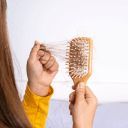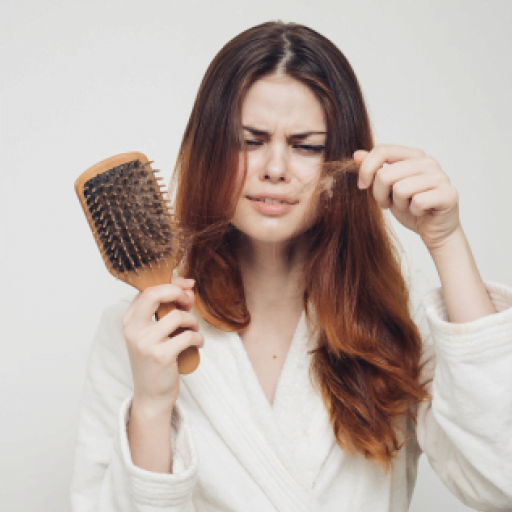Hair Loss in Women
Conveniently located to serve the areas of Fort Worth, Dallas, Arlington, Euless, Bedford, Hurst, Denton, and North Texas.
There isn’t anything more alarming than a noticeably thinner hairline or dull, flat hair that seems to have lost its volume. If you think men are the only ones affected by hair loss, think again. Female pattern baldness, also known as androgenetic alopecia, is hair loss affecting women. Women can lose their hair in a different pattern than men. It is expected that more than 50% of women will experience visible hair loss as they get older.
It is normal to lose anywhere from 50 to 100 strands of hair per day. However, if you’re losing a considerable amount of hair, it can indicate an underlying issue. While the cause of hair loss can be predictable, from different types of styling your hair to a genetic predisposition to hair loss, it can sometimes be caused by an underlying health condition. This is when your doctor may conduct a simple blood test to determine the difference.
The good news is that there are many reasons for your hair to be thinning, and most reasons indicate a clear path of treatment. Thus, finding a solution that works for your specific situation simply lies in consulting with your doctor.
When women lose their hair, they often seek tips and tricks that can help fight hair loss. For those who have noticed hair clogging their shower drains or feel that their hair seems to be thinning, we have listed common causes of hair loss in women and how to treat each one of them. Take a look.

